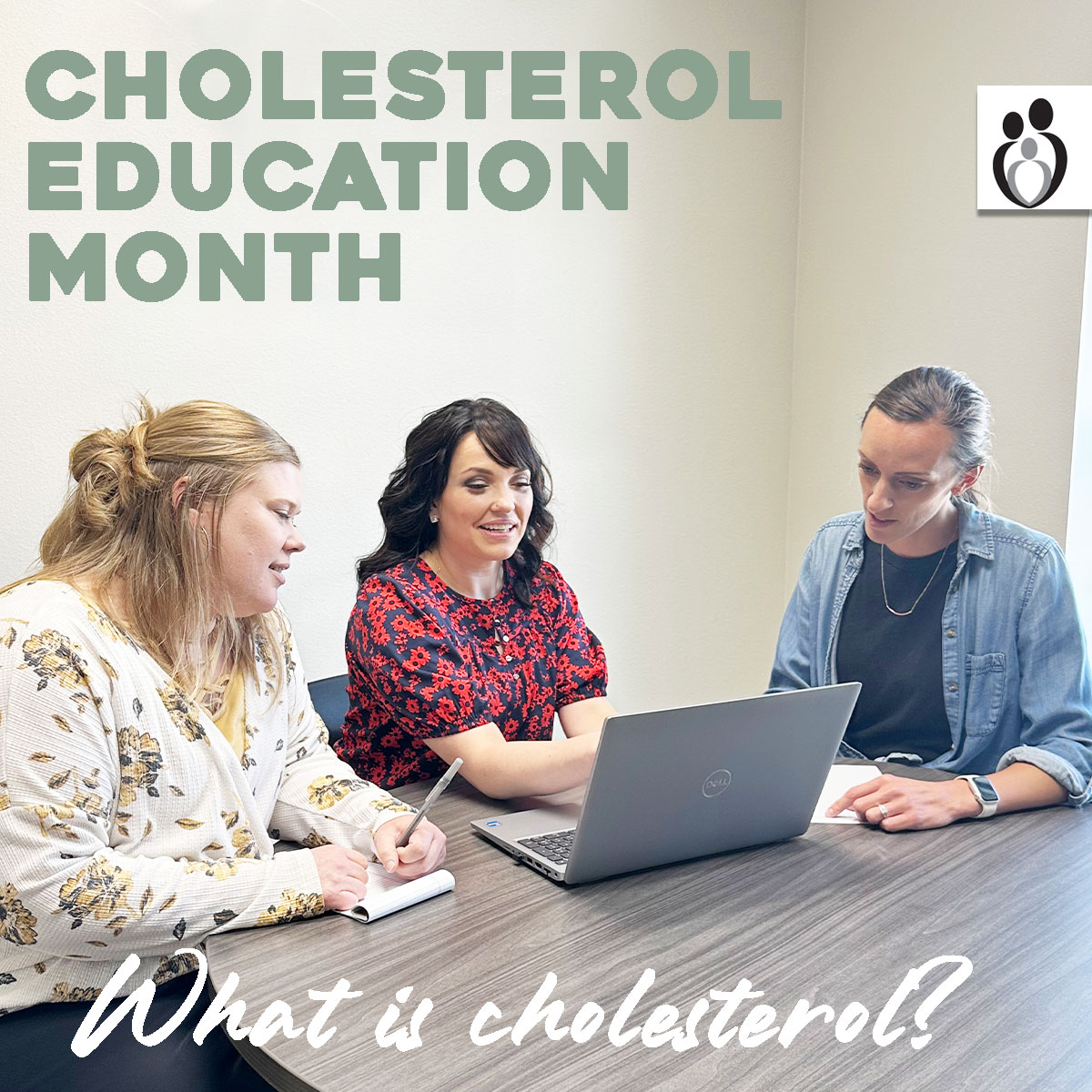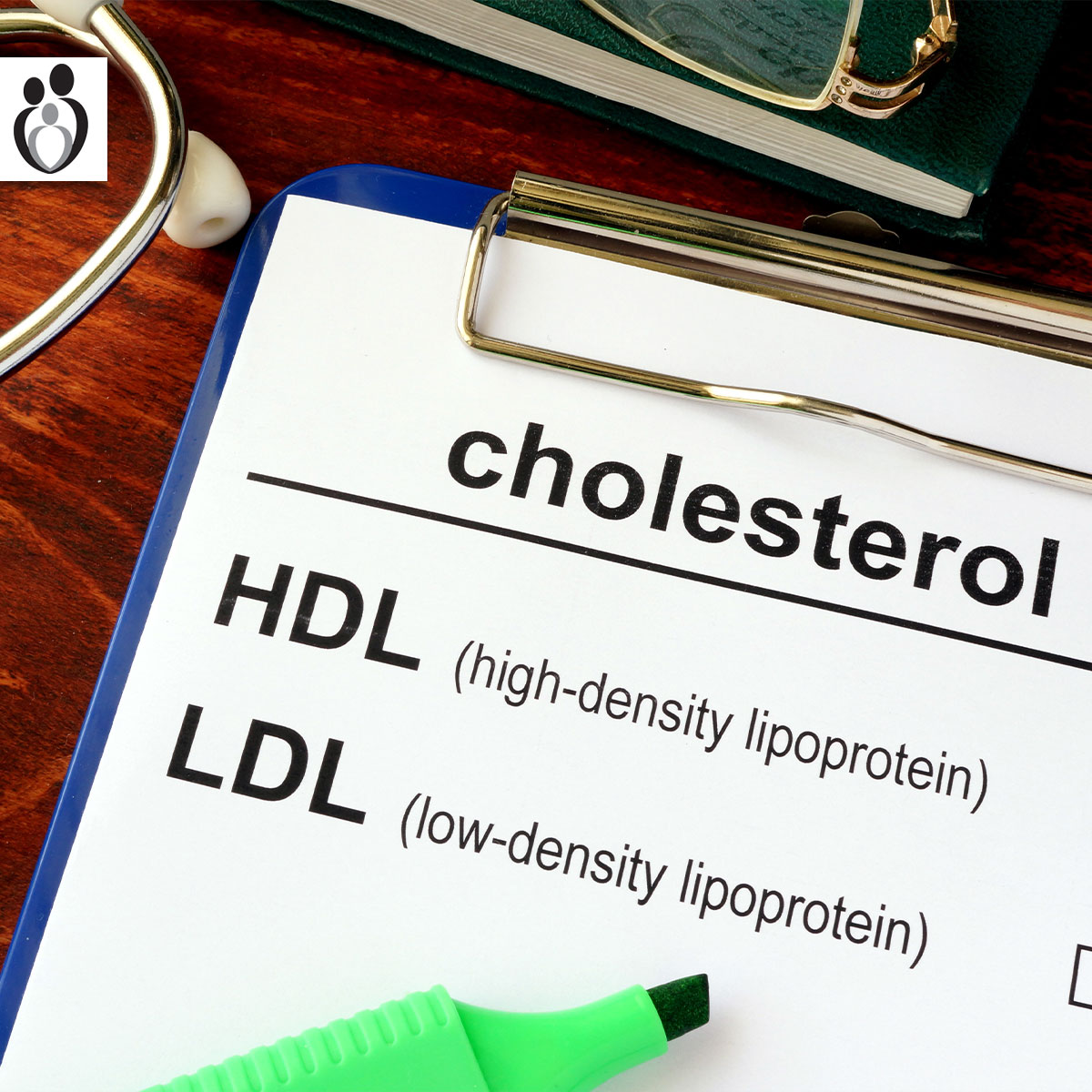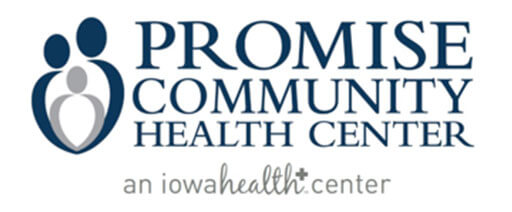
Happy Cholesterol Education Month! This month our Population Health Team has written two educational articles to explain what Cholesterol is and what steps you can take to keep it under control. Be on the lookout for Part 2!
Part 1 – Cholesterol: What Does it All Mean?
Cholesterol is one of those health-related things we have always heard about, but the implications seem so distant. As cholesterol increases, our bodies are good at finding ways to continue to work despite the extra challenges. This is why we don’t have any symptoms until later in life. In this article, we will discuss what cholesterol is and why managing it is an important piece of our cardiovascular and over-all health.
So, what is cholesterol?
Cholesterol is a waxy substance that plays an important role in the body’s ability to build cells and make vitamins and hormones. It is not inherently ‘bad.’ But, like most things, having too much can cause problems. 1
Where does it come from?
The liver produces all the cholesterol the body needs. The rest comes from the dietary cholesterol found in foods like meat, poultry, and dairy products. However, it is important to note that dietary cholesterol is not the biggest influence on cholesterol. Rather, the mix of fats and carbohydrates in the diet is what has the greatest effect on cholesterol. 1,2
Because fat and cholesterol cannot dissolve in water/blood, the body packages fat and cholesterol into cute, tiny protein-covered packages called lipoproteins. The protein shell allows the cholesterol and fat to mix into our blood and be transported throughout the body. Some packages are big and fluffy while others are small and dense. The body produces three primary packages: low-density lipoproteins (LDL), high-density lipoproteins (HDL), and triglycerides. 2

- LDL: These big and fluffy packages allow other cells to attach and extract cholesterol from the package. The extracted cholesterol is then deposited as a waxy plaque on the walls of blood vessels. Plaque buildup causes arteries to narrow, create rigid vessels, limit blood flow, and increase blood pressure. If this plaque breaks apart from the wall, it can cause a heart attack or stroke. This is why LDL is often referred to as ‘bad’ cholesterol.
- HDL: These dense packages pull cholesterol from the bloodstream and artery walls and return it to the liver to dispose of. Because of its ability to clean up and clear, it is often referred to as ‘good’ cholesterol.
Triglycerides: These packages are mostly made up of the fat that is eaten. Triglyceride packages travel through the bloodstream to be stored for future energy use. When extra calories are taken in, especially in the form of simple carbohydrates like sugar from soda and candy, the liver increases production of triglycerides.
Cholesterol numbers are a key part of a formula used to assess risk of a cardiovascular event such as heart attack, coronary heart disease, death or stroke. Other factors used to assess risk include blood pressure, sex, race, history of diabetes, and smoking habits.4


